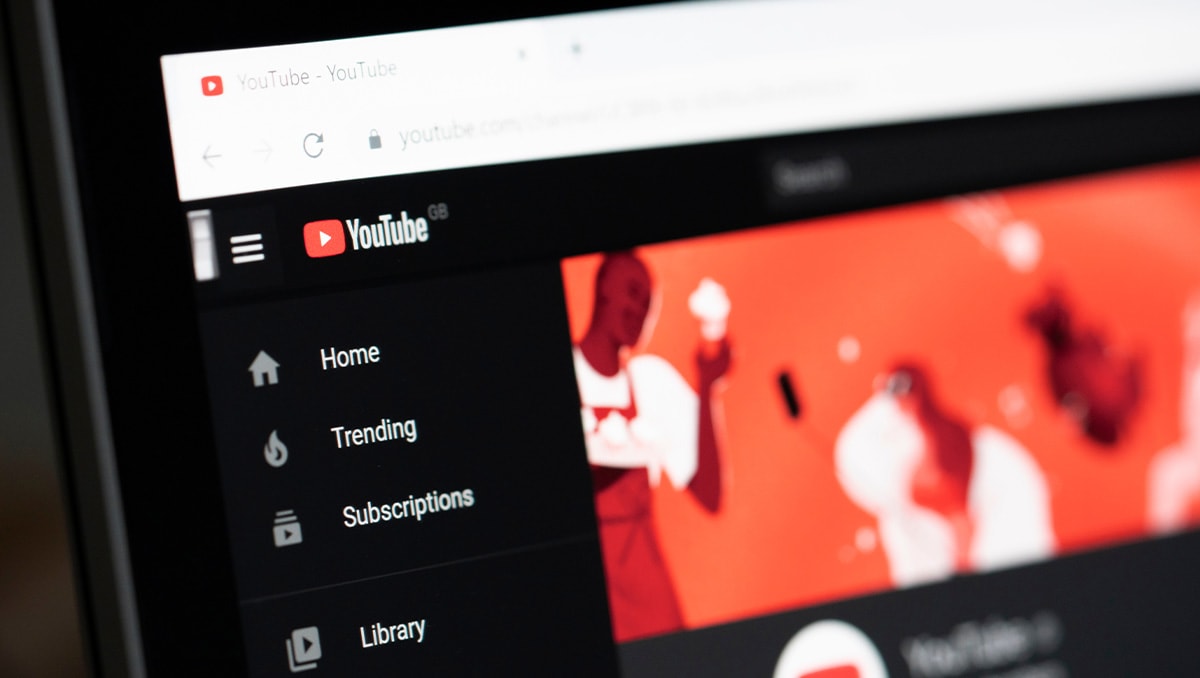Despite promising otherwise in the lead-up to the recent federal election, the Albanese government has now added YouTube to its looming under-16 social media ban.
“The Albanese government is giving kids a reprieve from the persuasive and pervasive pull of social media while giving parents peace of mind,” Communications Minister Anika Wells said when announcing the move.
“There’s a place for social media, but there’s not a place for predatory algorithms targeting children.”
Labor made its decision despite persistent lobbying from YouTube, which told the government over the weekend that it is “a video sharing platform, not a social media service, that offers benefit and value to younger Australians”.
However, while the government believes that YouTube is clearly a social platform that shouldn’t be exempt from the ban, and the platform itself believes the opposite, the truth is a little more nuanced, with pros and cons supporting both sides of the argument.
“Including YouTube in the ban creates consistency by removing special exemptions, but may inadvertently discourage educators from using valuable educational content,” Dr Alexia Maddox, senior lecturer at La Trobe University’s School of Education, said.
“The policy also means young people lose access to safety features like content moderation and reporting tools, while parents lose access to parental controls, when children access the platform without accounts – which they can still do under these rules.”
Maddox touches on a key point. The ban restricts children under 16 from having accounts on a service, not from actually accessing it, leaving it open to loopholes and abuse.
One of the benefits touted by YouTube in its defence was its use as an educational platform, and while many educators do curate the use of content hosted on YouTube for that purpose, it’s not exactly the platform’s key purpose.
For Professor Therese Keane, also of La Trobe’s School of Education, that’s a strike against the platform.
“YouTube was originally created as a platform that allowed individuals to easily upload, share, and view videos, aligning with the founders’ vision of an online video-sharing service. It was never intended to be an educational tool,” Keane said.
Schools, Keane noted, are structured environments where teachers can lead students and teach them critical thinking to negotiate the digital landscape.
“Equipping students with these skills is essential, as it enables them to navigate the digital world responsibly, make informed decisions, and engage safely and effectively in increasingly technology-rich environments both in and beyond the classroom,” she said.
However, Finley Watson, a PhD candidate in politics, department of politics, media and philosophy at La Trobe, takes a different tack, noting that YouTube is an important part of political communication that should not be denied to young minds who are expected to take part in democracy in a few short years.
“YouTube has long been an essential site for political participation, host primarily to republications of mainstream political coverage, in addition to alternative, vernacular resources,” Watson said.
“The proposed ban will limit participation opportunities on the second-most used platform for news consumption in Australia, while potentially driving younger Australians towards sites of fringe political communication, particularly those associated with gaming platforms.”

David Hollingworth
David Hollingworth has been writing about technology for over 20 years, and has worked for a range of print and online titles in his career. He is enjoying getting to grips with cyber security, especially when it lets him talk about Lego.

